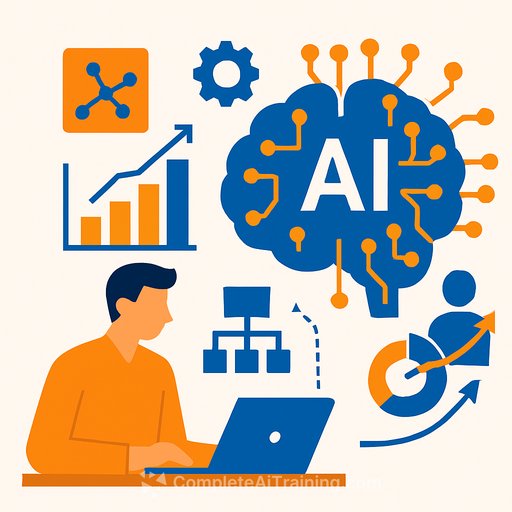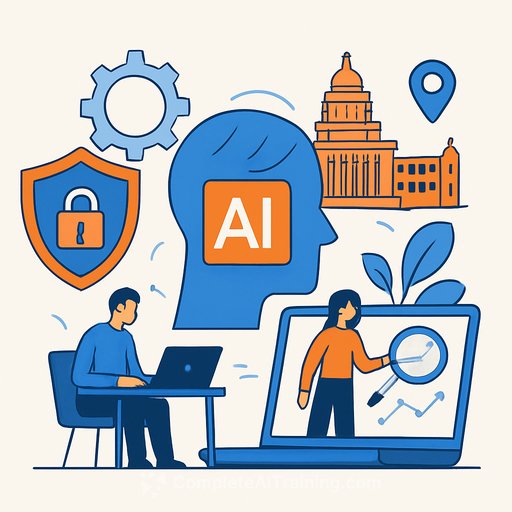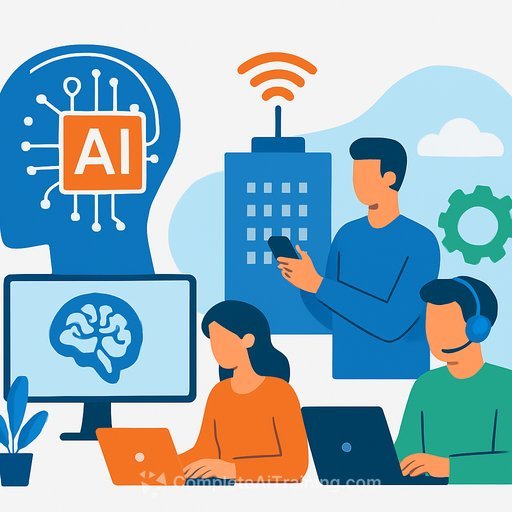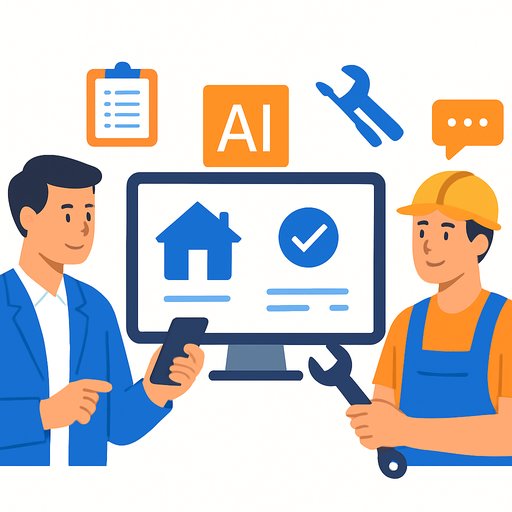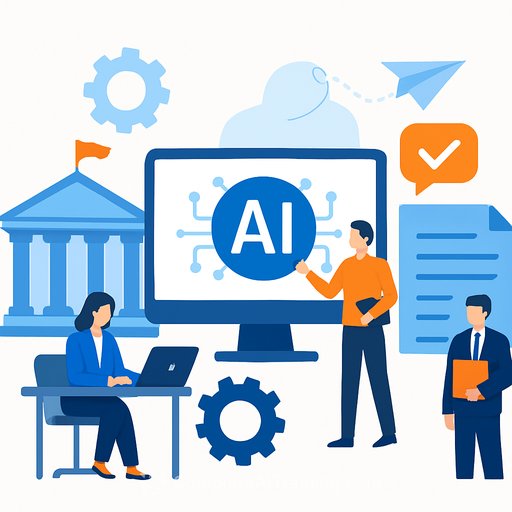Basics of Modern AI Architecture Impacting Enterprise Operations
A few decades ago, business strategy and IT operated in separate silos. Communication between departments was limited, making alignment across systems complex and slow. Today, that has changed. Modern enterprise architecture (EA) bridges business goals with IT infrastructure seamlessly. Now, artificial intelligence (AI) is taking this integration further by making enterprise architecture intelligent, adaptive, and increasingly automated.
This article outlines how enterprise architecture has evolved, the fundamentals of AI architecture, and the ways these advances are reshaping enterprise operations.
Evolution of Enterprise Architecture
Enterprise architecture is a strategic discipline that connects business objectives with IT processes and systems. Traditionally, EA was static and rigid, prioritizing control and predictability. However, modern demands require speed, flexibility, and responsiveness. Today’s architectures are modular, dynamic, and data-driven.
The rise of cloud computing, microservices, and AI architecture has accelerated this shift. Adaptive frameworks now allow organizations to quickly adjust to market changes.
This evolution delivers concrete benefits. Predictive scaling technologies improve resource allocation, lowering operational costs by up to 30%. Automated compliance systems cut audit preparation time by nearly 40%, reducing human error. Continuous learning loops help systems improve over time, aligning more closely with business goals.
Impact of AI on Modern Enterprise Architecture
AI transforms enterprise architecture from a static framework into an intelligent, proactive decision engine. Here’s how AI is changing enterprise operations:
Enhancing Data Modeling and Clarity
Data is central to every EA system. AI automates the interpretation of large datasets, reducing errors from manual analysis. AI-powered data models generate faster, more accurate insights that departments can act on. These algorithms detect patterns in both structured and unstructured data, identify anomalies, and suggest architecture adjustments. The result is improved clarity, better decisions, and smoother communication.
Streamlining Operations with Automation
Repetitive, time-consuming tasks like data entry, document handling, and report generation are now automated by AI. This frees EA teams to focus on strategic planning and innovation. AI-driven automation also keeps enterprise systems updated in real-time, enabling continuous optimization without disruptions.
Improving Decision-Making and Risk Management
AI supports real-time decision-making by analyzing vast data volumes within milliseconds. It detects emerging trends, evaluates scenarios, and predicts risks that traditional methods might miss. AI tools simulate different business outcomes and recommend optimal actions. This boosts strategic agility and reduces risk exposure in volatile markets.
AI-Driven Innovations in Enterprise Architecture
With AI embedded into EA systems, innovation becomes ongoing rather than occasional. AI tools continuously evaluate performance and market shifts, proposing new architecture models and workflows. For example, generative AI can identify bottlenecks in supply chains or suggest optimized processes. These systems are predictive and prescriptive, enabling enterprises to adapt faster and stay ahead.
Best Practices for Integrating AI Architecture into Enterprise Operations
- Start Small, Scale Fast: Begin with high-impact areas such as automation, analytics, or customer experience. Pilot AI initiatives before expanding across the organization.
- Invest in Scalable Infrastructure: Use cloud-native systems and microservices to deploy AI tools efficiently and cost-effectively.
- Focus on Data Governance: AI depends on quality data. Implement strong data governance, privacy measures, and compliance frameworks.
- Encourage Cross-Functional Collaboration: Enterprise architecture is no longer just IT’s responsibility. Involve stakeholders from sales, marketing, finance, and HR to align technology with broader business goals.
Wrapping Up
AI is becoming an essential part of enterprise operations, helping organizations innovate, automate, and improve decision-making. Integrating AI architecture positions businesses to scale and adapt quickly. For operations professionals, understanding and applying AI-driven EA can lead to more efficient workflows and a stronger competitive edge.
To learn more about AI courses tailored for enterprise and operations roles, visit Complete AI Training.
```Your membership also unlocks:

